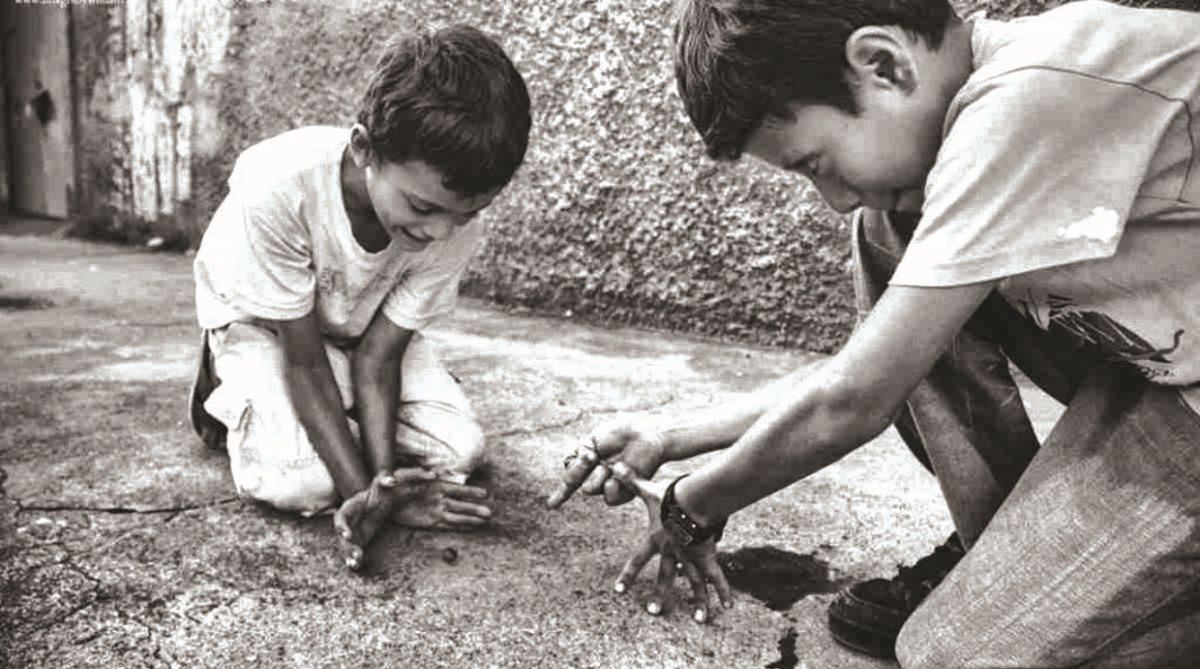In India today, there are nearly 100 million children in the age group of 15-18 years and one billion children will pass through this stage over the next decade. However, only one in every two children in this age group is studying, less than 15 per cent of the schools have the opportunities for secondary and higher education, only one in every three school-going children finish Class XII. Of these, 4.1 million are working and studying.
What also comes as news is that 9.2 million children in this age-group are married, (55 per cent of all married women in india were married between14-19 years of age), 3.7 million girls between 15-19 years are married and working, one in every five married girls reported violence by husbands.
Advertisement
As many as 3.4 million girls are mothers, more than 400,000 have three or more children. Only 15 per cent of married girls use contraceptives, every seventh pregnancy in this age group has a negative outcome. Another area of concern is that 19 per cent of boys of this age group consume tobacco, out of which nine per cent also consume alcohol.
These mind-numbing figures were recently brought out by CRY (Child Rights and You) in its report, Childescents of India: We are children too. Highlighting the continuum of childhood and emphasising that those in the age-group of15-18 years are essentially children, the report is a comprehensive narrative on the 15-18 year olds ~ their rights and the lack of it, the vulnerabilities to that age group that often go unnoticed and the many discrepancies that seep in while we discuss about this particular set of children.
CRY has also come up with a new coinage, “Childescents”, to simply put into perspective the dilemma that the state is going through in describing these children.
Explaining the organisation’’s objective behind the study, Puja Marwaha, CEO, CRY said, “This report intends to establish vulnerabilities of the childescents ~ children lost in the transitory space from childhood to adulthood ~ through an in-depth data and policy analysis, making use of available primary and secondary data and published literature, further identifying gaps and thereby seek to influence policy and decision makers to close the gaps.”
According to the report, the age between 15-18 years is a very tender age and the children are very vulnerable in this age. For nearly four decades, CRY has been working with children, Marwaha said, noting that it has not gone unnoticed that childescents are the most disadvantageous group among them.
Because this group doesn’t get proper education, health care, nutrition and child protection, childescents are more likely to commit crimes, indulge in alcohol consumption, child marriage, rapes and they also put a full stop to their education and start working in hazardous conditions.
Way forward
The report sets out the various areas that need to be worked upon. “A comprehensive nutrition supplementation programme, along with better provisioning, implementation and sensitization towards physical, sexual and mental health challenges facing this age group should be the prime focus,” the report pointed out.
Protection of childescents also deserves keen attention as indicated by the facts that they account for 60 per cent of all kidnapping and abduction cases and are victims of 25 per cent of the country’s rape cases, as reported by NCRB.
“It is of utmost importance to recognise that childescence as a life phase comes with unique vulnerabilities and challenges and opportunities at the levels of self, society and systems,” Marwaha concluded. “We should unanimously commit to altering our social perception and treatment of these children in order to make their childhood happy, healthy and creative.”











